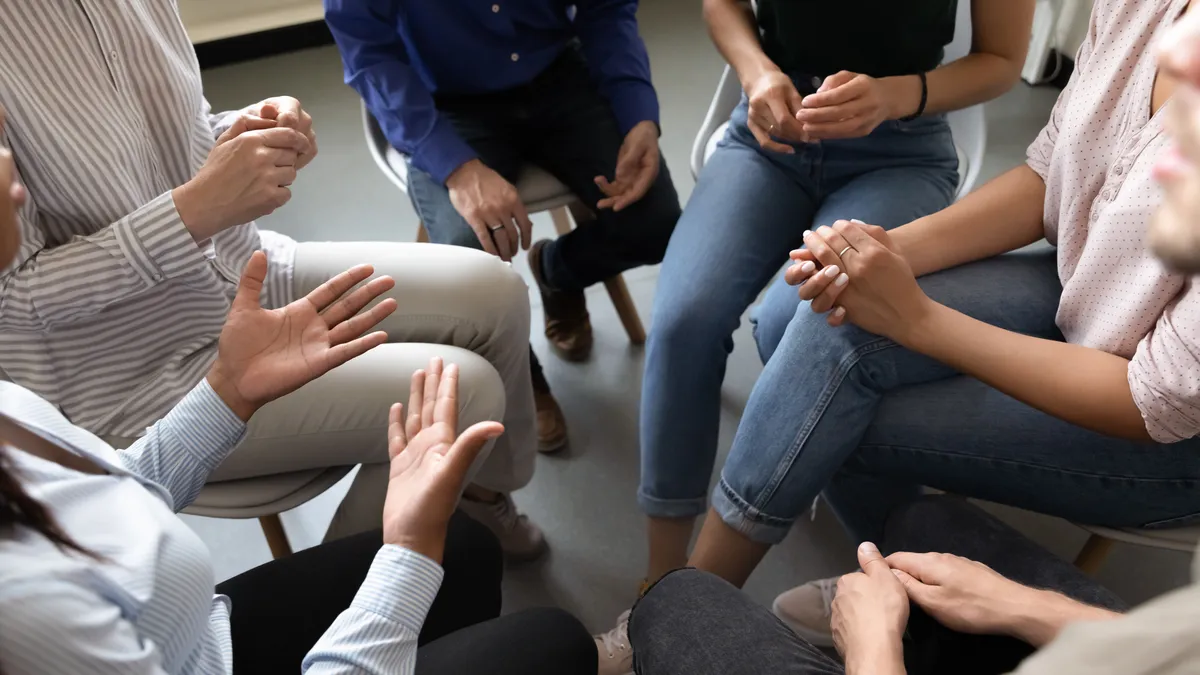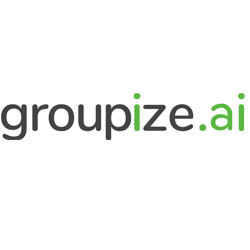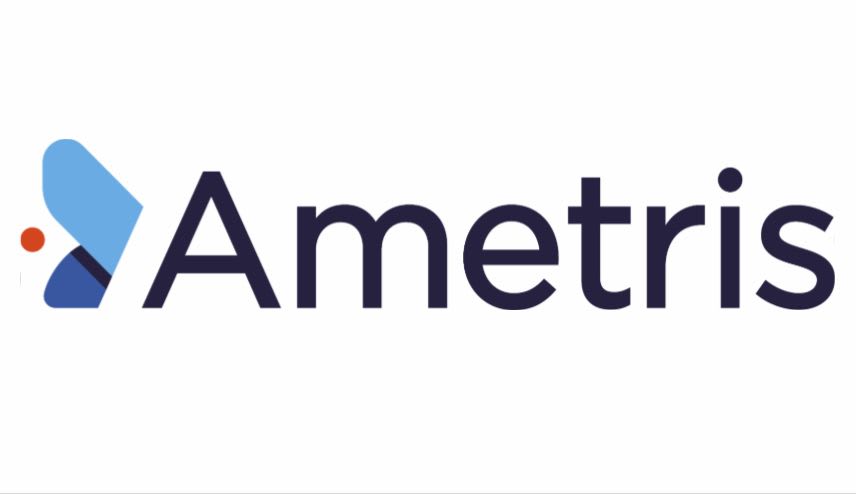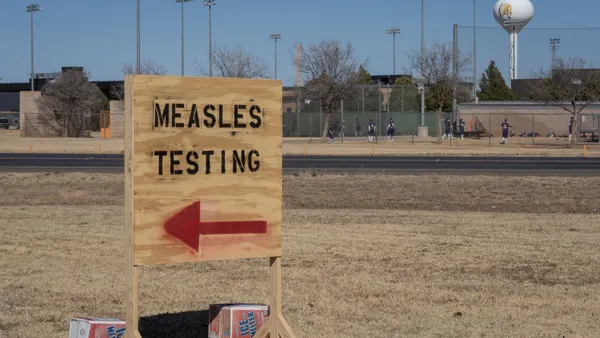Patient organizations are infusing billions into medical research, giving them substantial power over its direction. In the last five years alone, they awarded some $22.5 billion in research grants to promote their priorities, a trend that is likely to continue, according to a recent report by The IQVIA Institute.
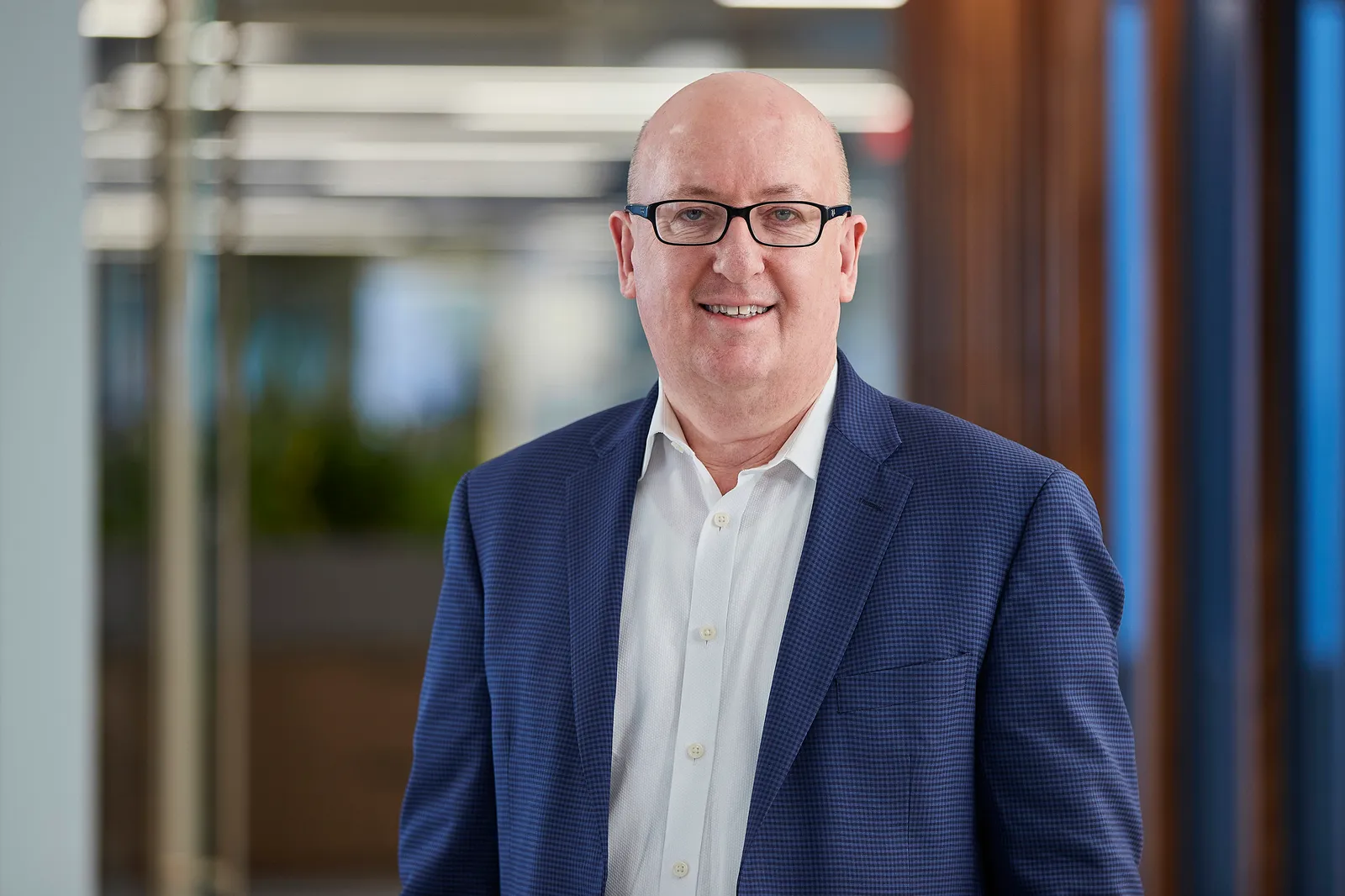
“I think we'll see more targeted funding by patient organizations for specific areas that they want the research to go in, whether that be biomarker identification or new modalities,” said Murray Aitken, executive director of the IQVIA Institute for Human Data Science. “They have the money.”
Patient groups are also exerting influence in other ways. They’ve invested $1.6 billion into therapeutics in the past 15 years and many are sponsoring clinical trials, creating registries, and driving trial enrollment.
It's not just the heavy hitters — such as the Michael J. Fox Foundation for Parkinson’s Research, the Cystic Fibrosis Foundation, and the Multiple Myeloma Research Foundation — among the 3,300-plus patient groups in the U.S. that are steering industry R&D. Smaller organizations are also making a difference by striking deals with life sciences companies.
“One of the lessons is that even smaller organizations that are not so well-funded can still have a big impact in helping drive and shape the focus of research,” Aitken said.
Here’s more on how these organizations are moving the needle.
Partnering with drug companies
Over the past 15 years, patient groups, including smaller organizations, have forged some 700 deals, totaling $2.4 billion with drugmakers. Some of these investments have gone into the search for disease biomarkers, as was the case with the Michael J. Fox Foundation, which recently celebrated a critical breakthrough in Parkinson’s. Established biomarkers can help identify drug targets, diagnose patients, find effective drugs, and measure how well they work. In other cases, the goal is to help speed research past a financial valley of death.
“The intent of these arrangements are to lower the barriers to conducting research and de-risk investment by life sciences companies to translate academic discoveries into commercial products,” the report states.
Groups also back promising therapeutics. Since 2017 the Leukemia and Lymphoma Society’s Therapy Acceleration Program funded four therapies that went on to receive FDA approval or were included in clinical guidelines.
Sponsoring clinical trial
Patient organizations were involved in more than 2,000 trials in the past two decades, according to IQVIA, the bulk of them related to oncology or heart and blood vessel diseases.
“As trial costs have soared and proof of efficacy has shifted to earlier phases, patient organizations are increasingly sponsoring [phase 1 and 2] trials, which account for 75% of their involvement in the past two years and are involved less in later trials,” the report states.
Infusing the patient perspective
Federal regulations, such as the 21st Century Cures Act of 2016, have encouraged drug developers to listen more intently to patient voices and these organizations have stepped up to offer insights.
“They can help translate patient perspectives into what matters from a scientific and research perspective,” Aitken said.
An important change they’ve helped make is the addition of patient-reported outcome measures to clinical trials. As many as 27% of phase 3 oncology clinical trials included them in 2019, according to the IQVIA report. This outcome data helps prioritize treatments that address what matters most to patients.
“Patient-valued endpoints are becoming more important and can bring value to the life sciences companies,” Aitken said. “If they go to market, they have an endpoint that resonates with patients in addition to endpoints that resonate with clinicians.”
“One of the lessons is that even smaller organizations that are not so well-funded can still have a big impact in helping drive and shape the focus of research."

Murray Aitken
Executive director, IQVIA Institute for Human Data Science
Establishing patient registries
A growing number of groups have created patient registries, which is especially valuable in the rare disease space where it can be tough to recruit enough patients.
“There are now 159 patient organizations with registries in the United States, 62% of which focus on rare diseases where current understanding may be limited,” the report states.
And because real-world data is increasingly being used to support functions ranging from patient recruitment to drug approvals, these registries can also shape trial design.
“Those patient organizations with strong data registries have also found new opportunities to help design clinical studies or provide data to support the approval of new indications for approved drugs through FDA IND applications,” the report states. “As the FDA accepts more applications that include (real-world evidence) as comparator arms and evidence, using registry data to help repurpose drugs for rare diseases can be a rewarding use of an organization’s data assets and help advance therapeutic solutions for their patient community.”
Supporting clinical trial enrollment
Patient groups are also driving clinical trial enrollment by educating patients about available studies, and sometimes by mining their registries for people who meet enrollment criteria. They’re also aiming to improve the sought-after increase in diversity.
“The trust they have gained from the community in their unique role as non-biased patient representatives may facilitate the inclusion of minorities and under-represented, vulnerable populations in the recruitment and enrollment pool,” the IQVIA report states.
Aitken said he expects this influence will continue to impact drug development throughout the industry.
“There's a lot of runway for patient organizations to travel down, taking advantage of the unique, trusted relationship they have with their members,” he said. “By engaging with life sciences companies and vice versa, patient organizations can map out their future pathway, where they want to take things in the interests of their members.”


